Frozen tarn. Walls of Jerusalem National Park. Tasmania. Colour transparency.…

Two Time the View – Murray White
In recent years, Roy, a fellow photographer who lives nearby makes a regular day trip with me to the Surf Coast, a little over an hour’s drive away. We might make 15 or so trips every year, never with a particular destination in mind, just a vague desire to make two or three stops for photography somewhere along the Great Ocean Road.
Interestingly, despite us both roaming the same stretches of beach, our subject choices rarely overlap. And on those few occasions that we find interest in the same feature, we tend to look at it in quite different ways. Commonly I will approach the feature as the subject, while Roy will use the feature as an element within a larger capture.
There is no doubt that this visual divergence is a healthy thing on many levels. Firstly it allows us to each explore a different part of the landscape, and become more involved on an individual basis. It also means that we will not see the other’s footprints in our viewfinders (usually!) and do not need to encourage each other from our camera’s field of view. And perhaps most usefully of all, we can review each other’s work to appreciate an alternative way of seeing the same country.
However the reasons for our photographic diversity are much less transparent than the benefits they bring. It would be easy to say that our different equipment plays a part, and to some extent this is true. Roy uses a digital SLR fitted almost exclusively with extreme wide angle lenses. I prefer a view camera and rollfilm Mamiya, using mostly standard lenses.
Still our hardware is probably selected more in response to our visions, rather than be seen as the motives for them. We both wish to use what can best prosecute our interpretation of the landscape. Roy has access to other lenses, as do I, but for some reason we each feel more comfortable knowing our camera bags carry familiar tools to build a visual strategy, not just accessories to broaden the visual possibilities.
While this decision may seem unreasonably restrictive in a creative capacity, I am not convinced that is the case in reality. In fact I would go one step further and suggest that the more restrictions we apply to our work, the more creative we need to be in all senses of the word. If we allow the latest camera / lens / filter / Photoshop update to assure us of a soft landing, why would we choose to delve any deeper into our subject?
But putting equipment to one side, it seems to me that vision is indeed a very personal expression, and perhaps no amount of explanation can fully articulate our internal reasons for our aesthetic narrative. Roy tells me that he is drawn to clean lines, expressive clouds and images free of mess. I can see all of these criteria within his work, and admire his results, but can I really expect to understand his motives? Or he of me?
Given that my visual starting point is no clouds, murky contours and at least the acceptance of mess as a concept, I am not entirely sure how either of us got to first base in our appreciation of the other’s work! But I do think that respect for the other’s vision plays a very large part in our understanding, especially knowing that the images we both produce are the direct result of strategic visual decisions, unique as they inevitably are.
Some of my captures from last year are presented here. I used a 4 x 5 Ebony view camera and a rollfilm Mamiya 7 in equal measure, both loaded with Ilford FP4 plus film. Although I identify as a landscape photographer, my images are probably more intimate than that genre would generally suggest.
Roy and I will continue to make our regular pilgrimage to the coast this year and hopefully come back with some relevant images, although if an outsider were to look at our finished work I am sure that they would think we each went to different locations! At least we can usually agree on the same fish and chips for lunch.

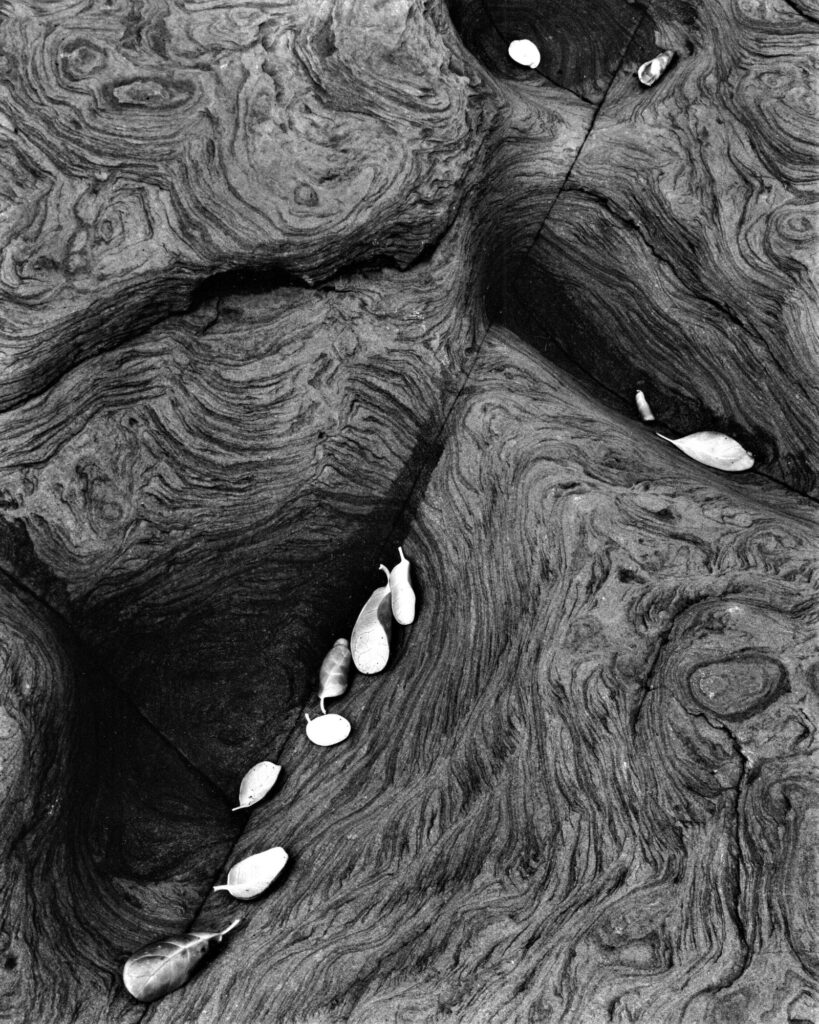
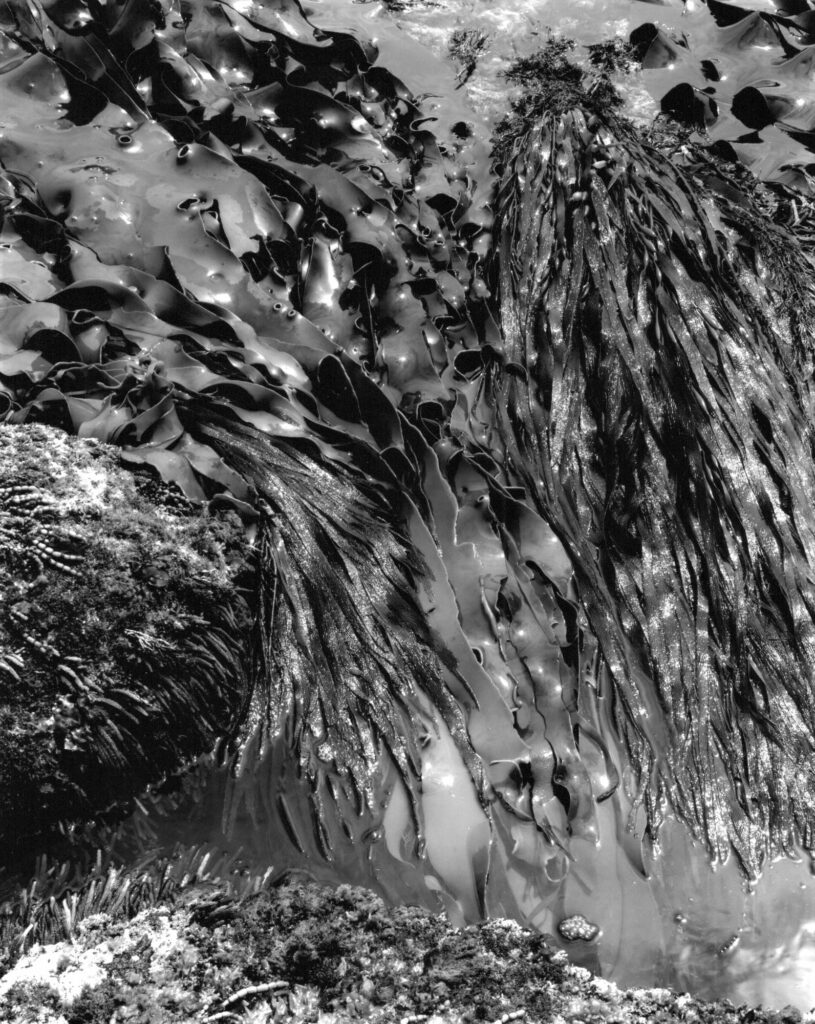
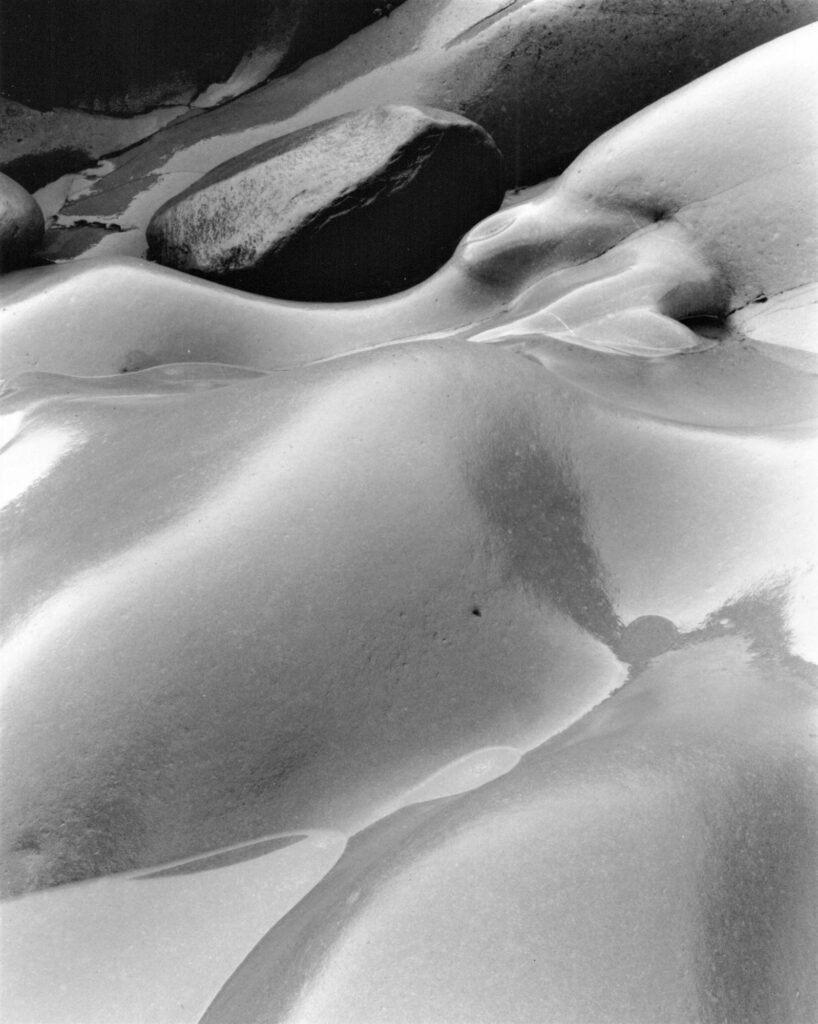
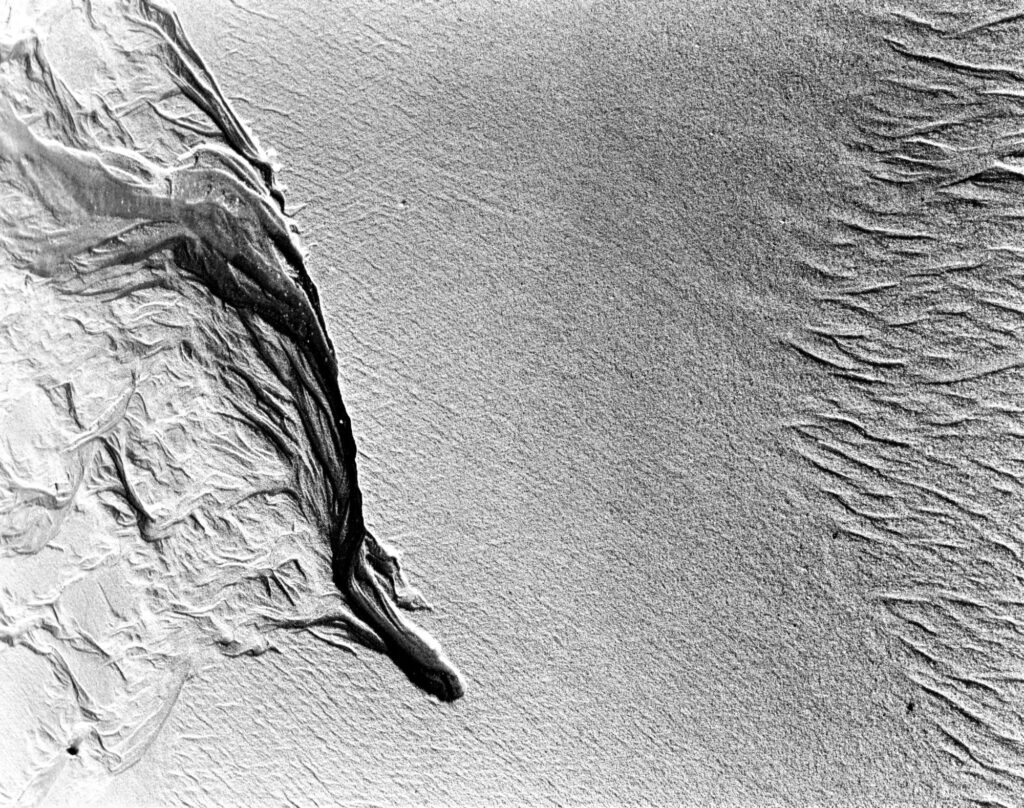
Previous Post: View Camera Australia online exhibition September 2023
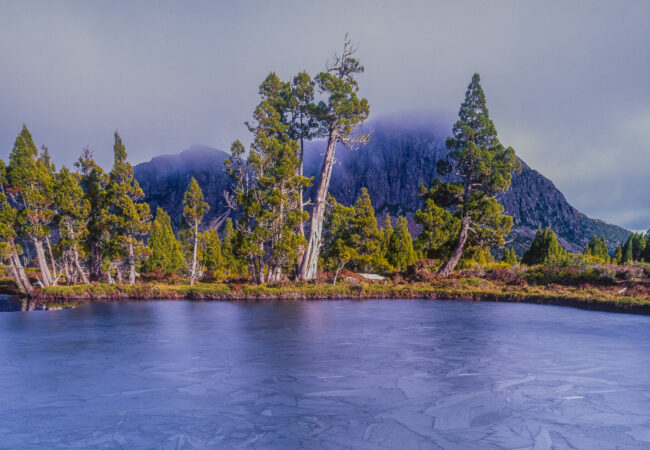

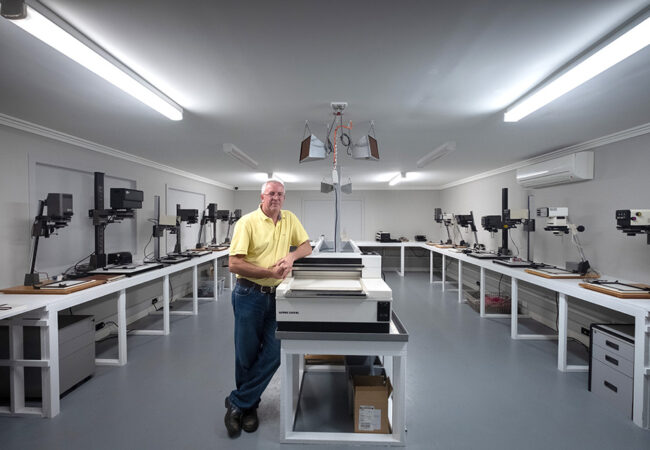

Some of the above images can be interpreted as abstractions especially nos 1 + 4, namely ‘Double Back’ and ‘Settled’. Thinking in terms of levels of abstraction is a more useful way to look at photographic abstractions than the conventional art history one of abstraction as non-figuration.
Thanks Gary, I agree with your thoughts that a continuum is more accommodating of shades of grey than a binary definition, although in the past I have tended to think of images constructed using recognisable elements (even very small segments of elements) as ambiguous rather than abstract. Perhaps it depends upon whether we see the image as a new concept, unrelated to its foundational elements, or view it as an authentic depiction of those elements, presented in a more novel manner by virtue of viewpoint, scale, juxtaposition and so on. I would be interested in hearing your take on that.
Murray, This paper on abstraction in photography may be of interest. It outlines the idea of levels of abstraction in photography. This approach to abstraction supports and underpins Mark Darragh’s idea of abstract realities in relation to his landscape photography.
https://wrap.warwick.ac.uk/107551/3/WRAP-what-abstraction-photography-Costello-2018.pdf
The paper is by Diarmuid Costello, who is at the University of Warwick. He is one of the few philosophers who has substantively engaged with photography. https://warwick.ac.uk/fac/soc/philosophy/people/costello/
In contrast to Australia there is some solid academic work that has been, and is being done, around issues raised by photography in England.
Thanks Gary, I read that link to Diarmuid’s thoughts (twice!), and while the preamble wasn’t exactly ‘light’ reading, his description of the seven variations of abstract photography were well presented. His interpretation of volumetric form and how it fits into the various levels is quite interesting.